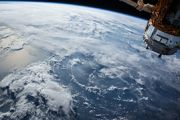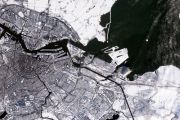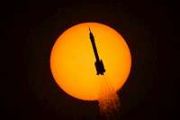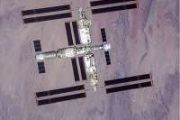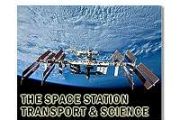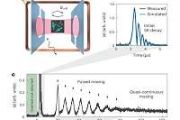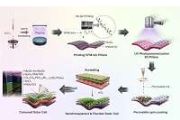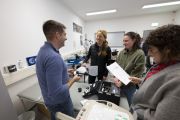
Copernical Team
ESA’s technical centre expands
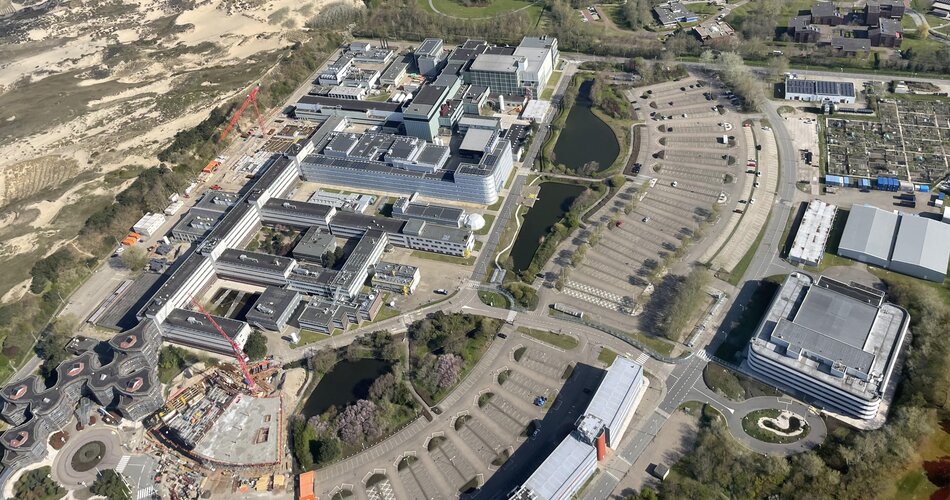 Image:
ESA’s technical centre expands
Image:
ESA’s technical centre expands SpaceX Starship experiences rapid unscheduled disassembly 3 minutes after launch
 SpaceX's Starship, the most powerful rocket ever built, exploded on Thursday during the first test flight of the spacecraft designed to send astronauts to the Moon, Mars and beyond.
The gigantic rocket successfully blasted off at 8:33 am Central Time (1333 GMT) from Starbase, the private SpaceX spaceport in Boca Chica, Texas.
The Starship capsule had been scheduled to separate from t
SpaceX's Starship, the most powerful rocket ever built, exploded on Thursday during the first test flight of the spacecraft designed to send astronauts to the Moon, Mars and beyond.
The gigantic rocket successfully blasted off at 8:33 am Central Time (1333 GMT) from Starbase, the private SpaceX spaceport in Boca Chica, Texas.
The Starship capsule had been scheduled to separate from t 'Awesome' solar eclipse wows viewers in Australia, Indonesia
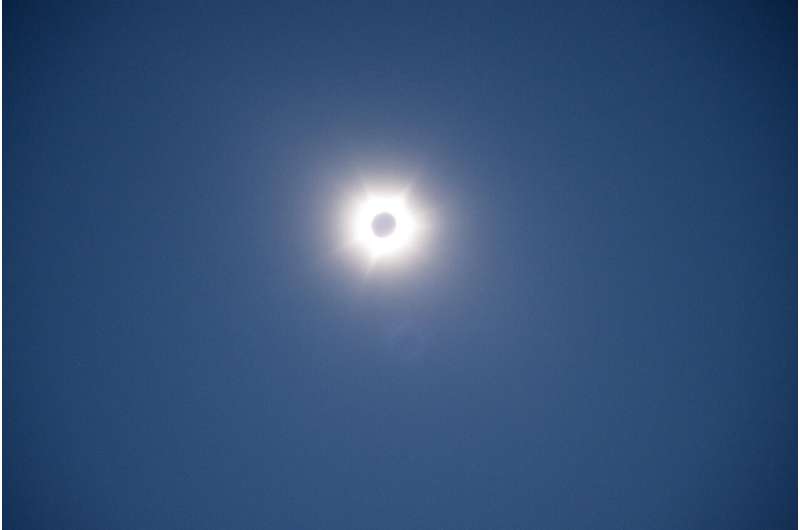
Under a cloudless sky, 20,000 eclipse chasers crowded a tiny outpost to watch a rare solar eclipse plunge part of Australia's northwest coast into brief midday darkness Thursday while temporarily cooling the tropical heat.
SpaceX takes second shot at launching biggest rocket

SpaceX prepared to launch the biggest and most powerful rocket Thursday, working nonstop after the first shot at a test flight fizzled earlier in the week.
The nearly 400-foot (120-meter) Starship was poised to blast off from the southern tip of Texas, near the Mexican border. SpaceX's Elon Musk gave 50-50 odds of the spacecraft reaching orbit on its debut.
None of the rocket will be recovered. Instead, if all goes well, the first-stage booster, dubbed Super Heavy, would drop into the Gulf of Mexico.
Juice post-launch briefing replay
 Video:
00:28:00
Video:
00:28:00
Watch a replay of the Jupiter Icy Moons Explorer (Juice) post-launch briefing, live from ESA’s European Spacecraft Operations Centre (ESOC) in Darmstadt, Germany.
ESA’s Juice mission was launched into space on an Ariane 5 from Europe’s Spaceport in French Guiana on 13 April 2023, on an eight-year cruise to Jupiter. It will make detailed observations of gas giant Jupiter and its three large ocean-bearing moons – Ganymede, Callisto and Europa.
Sweden intends to send ESA astronaut to the International Space Station
Press Release N° 18–2023
At the Space Symposium in Colorado Springs, USA, on 18 April, ESA signed a letter of intent with the Swedish National Space Agency to send an ESA astronaut to visit the International Space Station on an Axiom mission.
China and Brazil to expand cooperation in space development
 On April 14, under the witness of Chinese President Xi Jinping and Brazilian President Lula, Zhang Kejian, director of China National Space Administration, signed the "People's Republic of China Supplementary Protocol between the Government and the Federative Republic of Brazil on Cooperative Development of Earth Resources Satellite 06 and the 2023-2032 China National Space Administration and Br
On April 14, under the witness of Chinese President Xi Jinping and Brazilian President Lula, Zhang Kejian, director of China National Space Administration, signed the "People's Republic of China Supplementary Protocol between the Government and the Federative Republic of Brazil on Cooperative Development of Earth Resources Satellite 06 and the 2023-2032 China National Space Administration and Br Nova Space to offer Space Professional Development Program for AWS Employees
 Pure Capital Solutions' Nova Space subsidiary is providing Amazon Web Services (AWS) employees with space education, an exclusive digital learning platform, and digital credentials.
Nova Space will provide access to its Space Professional Development Program, an award winning virtual space education workforce development program, integrated with proprietary training technology in a seamles
Pure Capital Solutions' Nova Space subsidiary is providing Amazon Web Services (AWS) employees with space education, an exclusive digital learning platform, and digital credentials.
Nova Space will provide access to its Space Professional Development Program, an award winning virtual space education workforce development program, integrated with proprietary training technology in a seamles D-Orbit launches ION's tenth Orbital Transportation Mission
 Space logistics and orbital transportation company D-Orbit launched Guardian, the 10 th commercial mission of their proprietary orbital transfer vehicle (OTV) ION Satellite Carrier (ION).
The OTV lifted off on April 14th, 2023, at 23:48 p.m. PDT (April 15th, 2023 at 06:48 UTC) aboard a Falcon 9 rocket from the Space Launch Complex 4 East (SLC-4E) at Vandenberg Space Force Base in Californi
Space logistics and orbital transportation company D-Orbit launched Guardian, the 10 th commercial mission of their proprietary orbital transfer vehicle (OTV) ION Satellite Carrier (ION).
The OTV lifted off on April 14th, 2023, at 23:48 p.m. PDT (April 15th, 2023 at 06:48 UTC) aboard a Falcon 9 rocket from the Space Launch Complex 4 East (SLC-4E) at Vandenberg Space Force Base in Californi Seeking Innovative Concepts for Next-Generation Antennas
 DARPA is soliciting disruptive ideas from small businesses and nontraditional defense contractors for novel antenna designs, materials, manufacturing, or processing as the first topic issued under the agency's Bringing Classified Innovation to Defense and Government Systems (BRIDGES) initiative.
The topic area aims to explore new designs that would offer significantly increased performance
DARPA is soliciting disruptive ideas from small businesses and nontraditional defense contractors for novel antenna designs, materials, manufacturing, or processing as the first topic issued under the agency's Bringing Classified Innovation to Defense and Government Systems (BRIDGES) initiative.
The topic area aims to explore new designs that would offer significantly increased performance 




